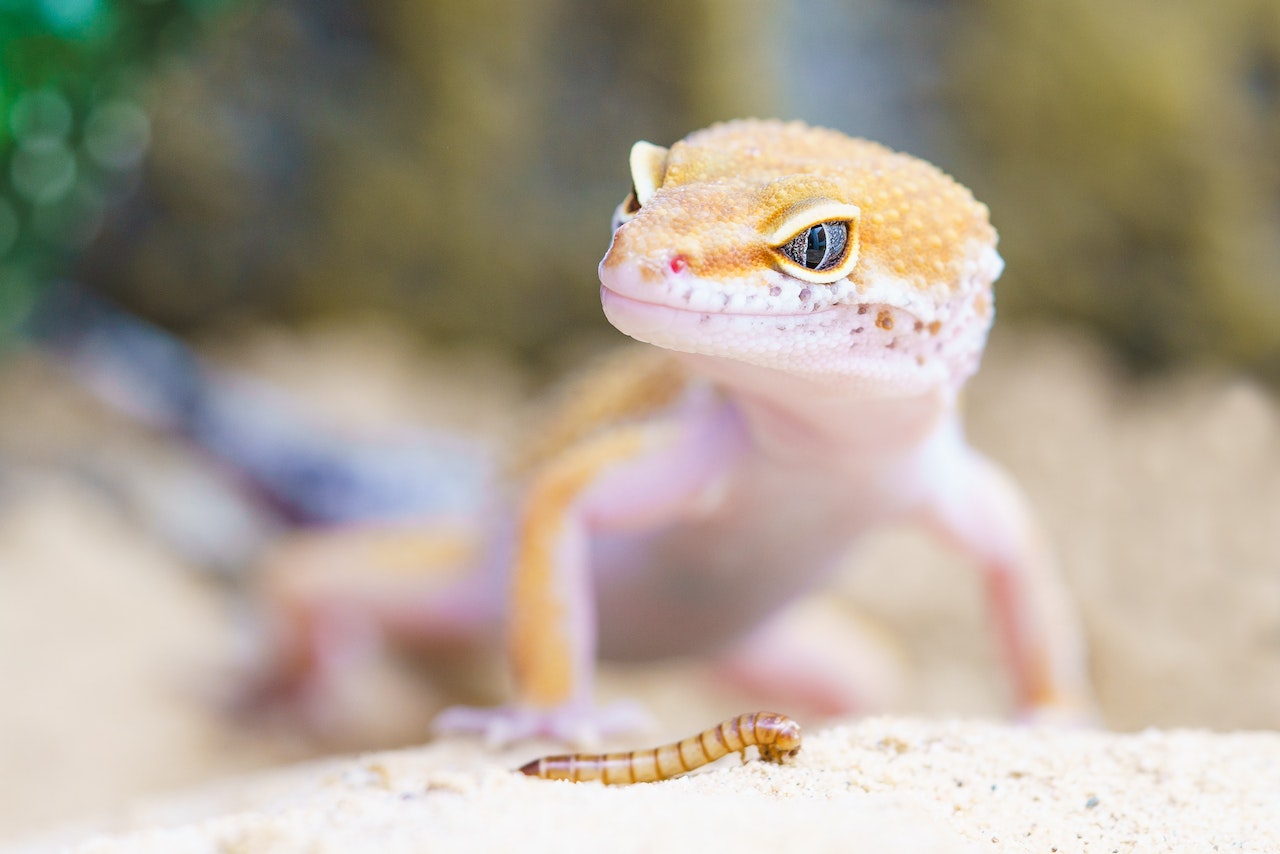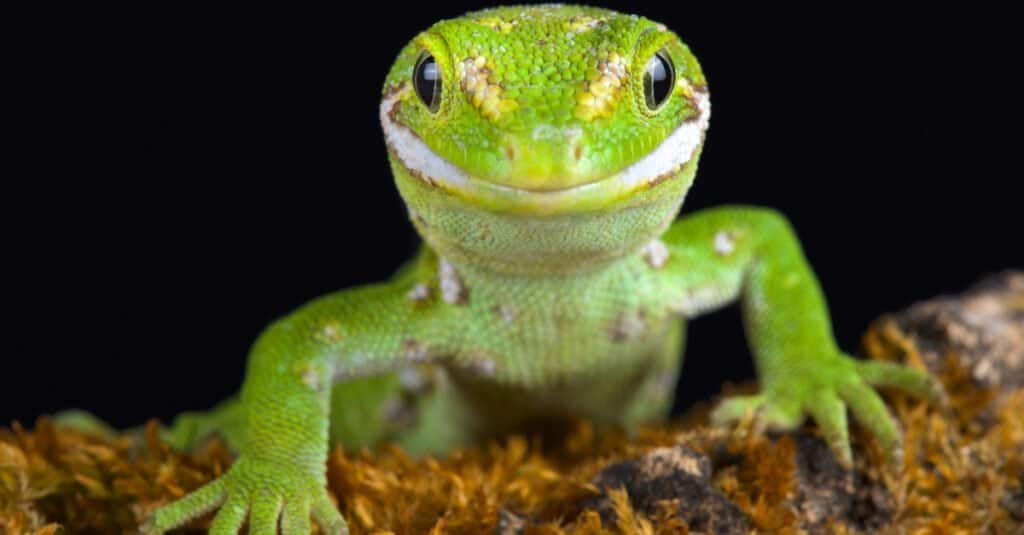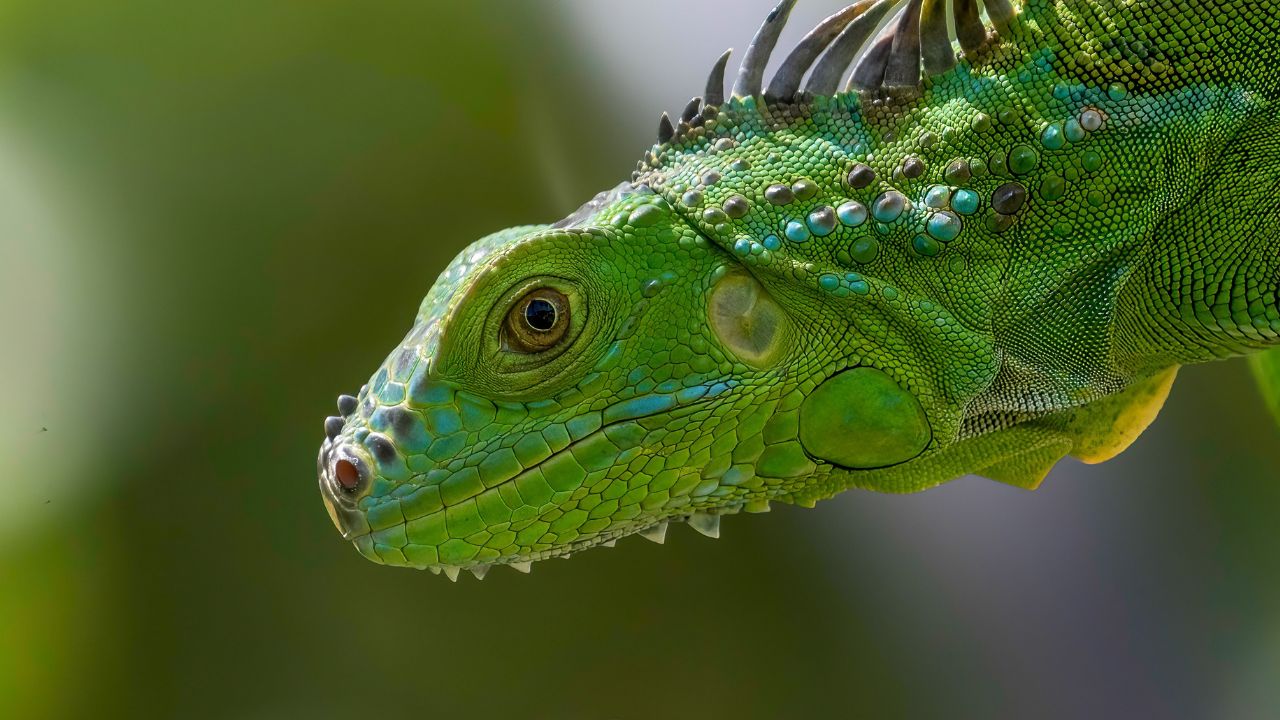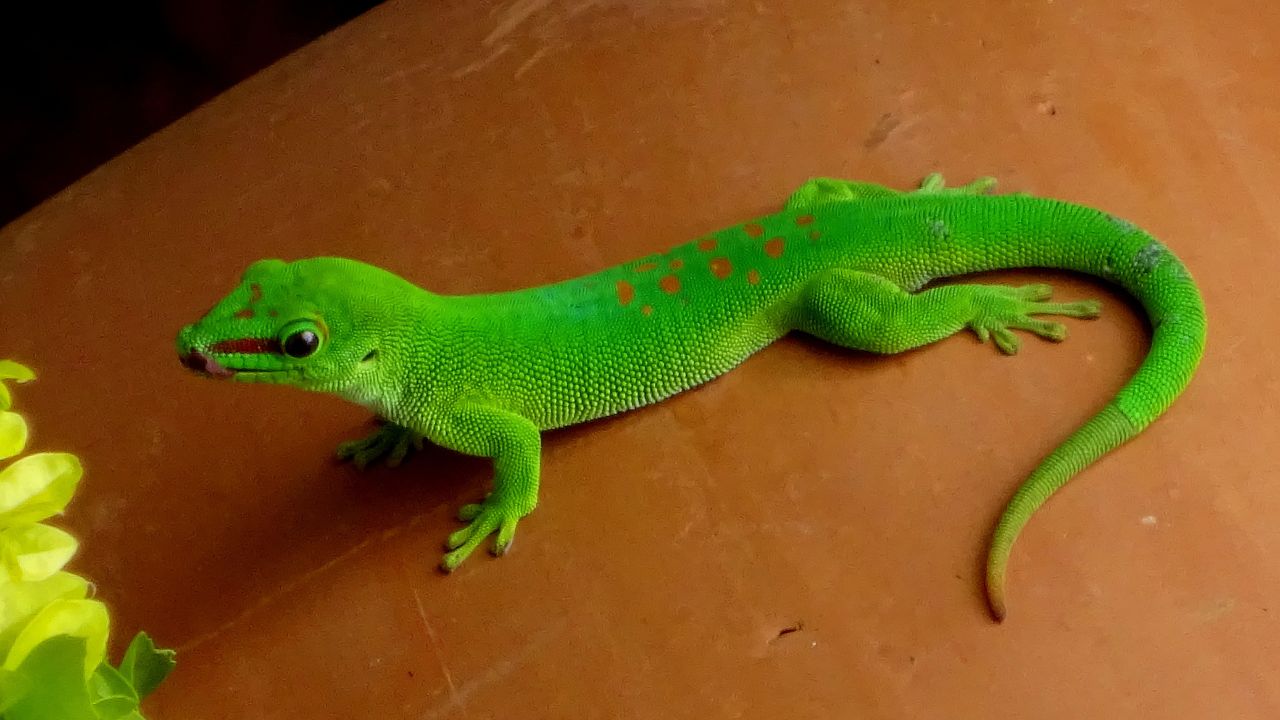Lizards are a fascinating group of reptiles, with over 6,000 species, ranging from small geckos to large Komodo dragons. They come in a variety of sizes, shapes, and colors, and can live in several habitats, from deserts and forests to grasslands and rocky outcrops. There is a wide range of lizards, and each species has its own unique characteristics and behaviors. Understanding the different types of lizards can give us an insight into the beauty and diversity of nature, and the importance of preserving different habitats and species.
They are a very different group of reptiles. From big monitor lizards to tiny geckos, here are some of the most interesting types of lizards you should know about. We’ll also talk briefly about how lizards are grouped.
Group of Lizards
Since there are numerous species of lizards around the world, it’s crucial to classify them so that they can be categorized based on their size, color, taxonomy, and shape. So, the lizards are divided into these categories
Anguimorpha
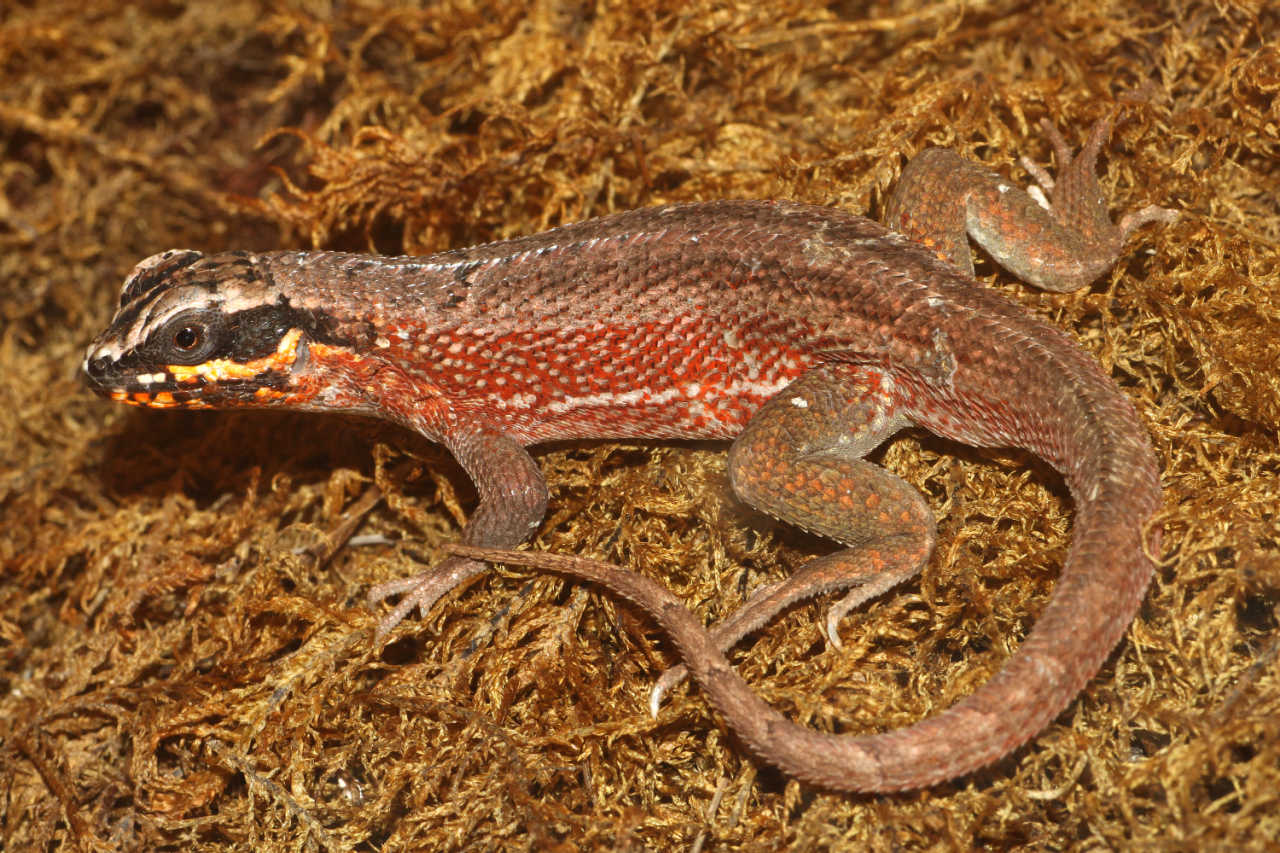
A diverse group that includes the monitor lizard (or varanid) as well as the glass lizard, beaded lizard, crocodile lizard, alligator lizard, legless lizard, slow worm, knob-scaled lizard, galliwasp, and galliwasp. The Anguimorphs are a family of reptiles that includes everything from small, legless slow worms to huge, dangerous monitor lizards. This makes the Anguimorphs one of the most diverse and strange groups of reptiles around.
Gekkota
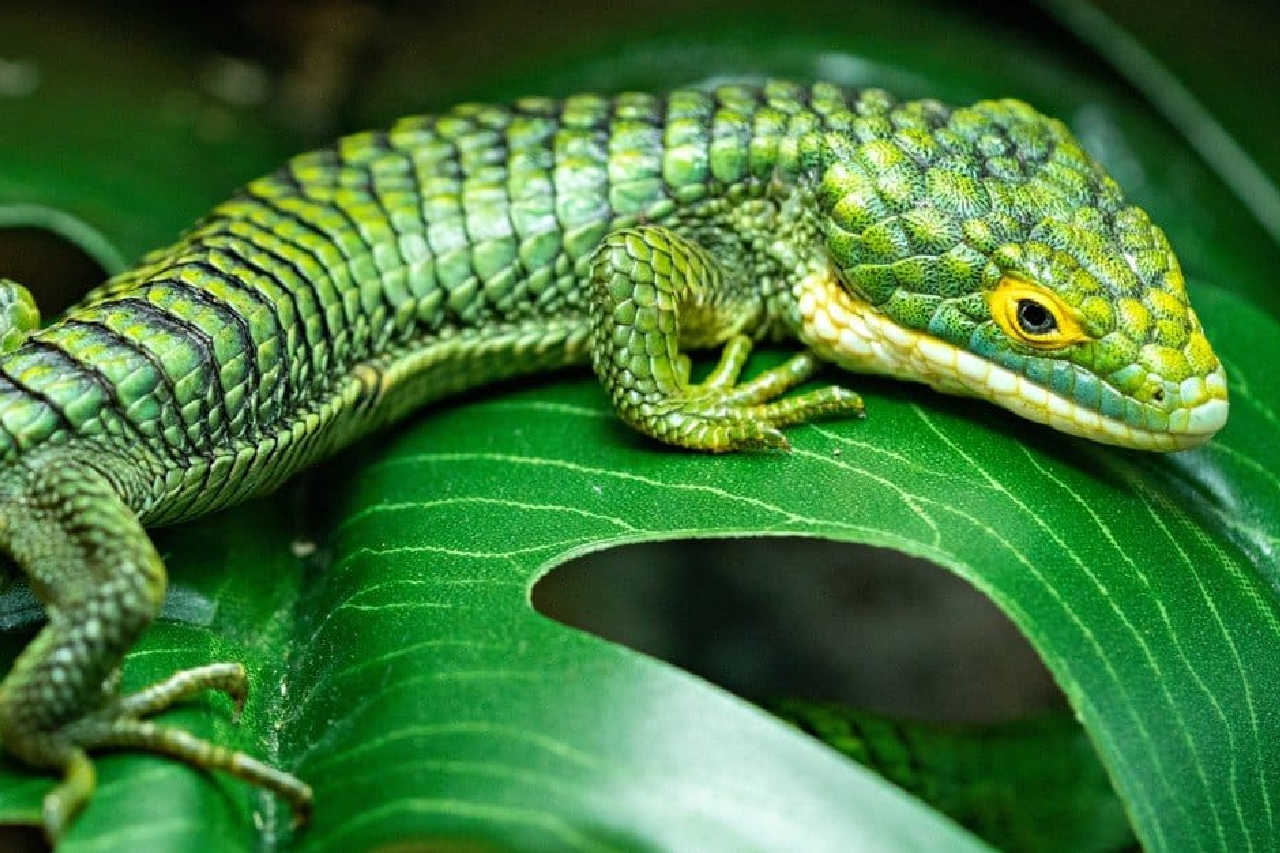
All gecko species, including those that have eyelids, are included in the Gekkota category. The average length of a gecko is between 1 and 2 inches, while the largest can grow to almost 20 inches. Adept climbers, more than 60% of all species have sticky pads on their feet. Among the five families of lizards, geckos are among the cutest and most colorful. They are small, quick, and adept at climbing, which are common traits among most species. Even though there are many species in other places, most of them live in tropical or subtropical areas with lots of plants around the equator.
Iguania
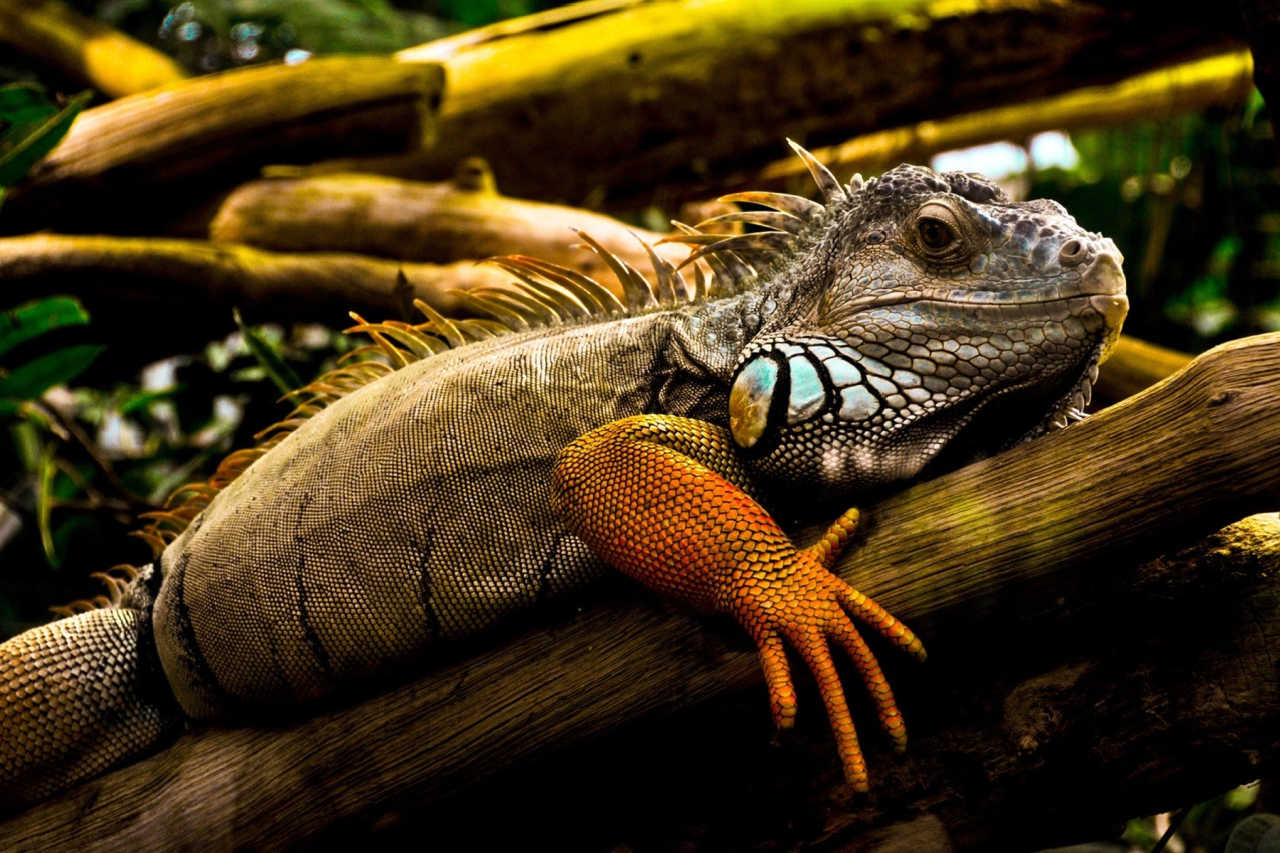
Iguanas, chameleons, Chuckwallas, helmet lizards, agamids, or “dragon lizards,” collared lizards, and anoles all belong to this other category. Iguania is another diverse class, with many different kinds of lizard families like iguanas, chameleons, agamids, and anoles. Most iguanid lizards live in places with tropical or subtropical climates, but many have made their way to cooler places with the help of humans, such as the Americas and Europe.
Lacertoidea
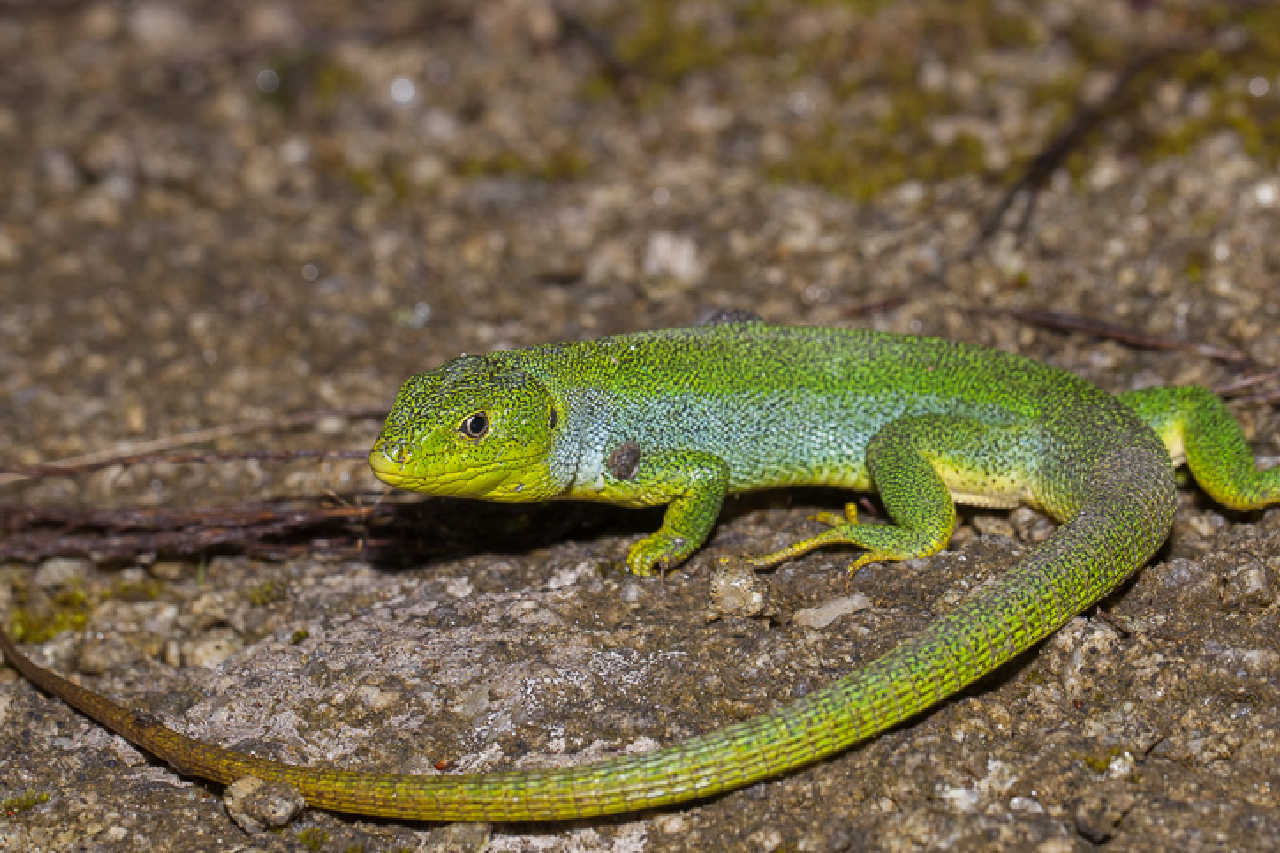
Most species of lizards can be found all over Europe because at first, it was thought that they only lived in one area, but as more species were discovered, it became clear that they lived on many continents. Lacertas, wall lizards, tegus, whiptails, spectacled lizards, and worm lizards are all included in Lacertoidea. They are the more well-known wall lizards, tegus, whiptails, and worm lizards, among many more. Researchers at first lumped these reptiles in with skinks, but later separated them into their order, called the Lacertoideans.
Scincomorpha
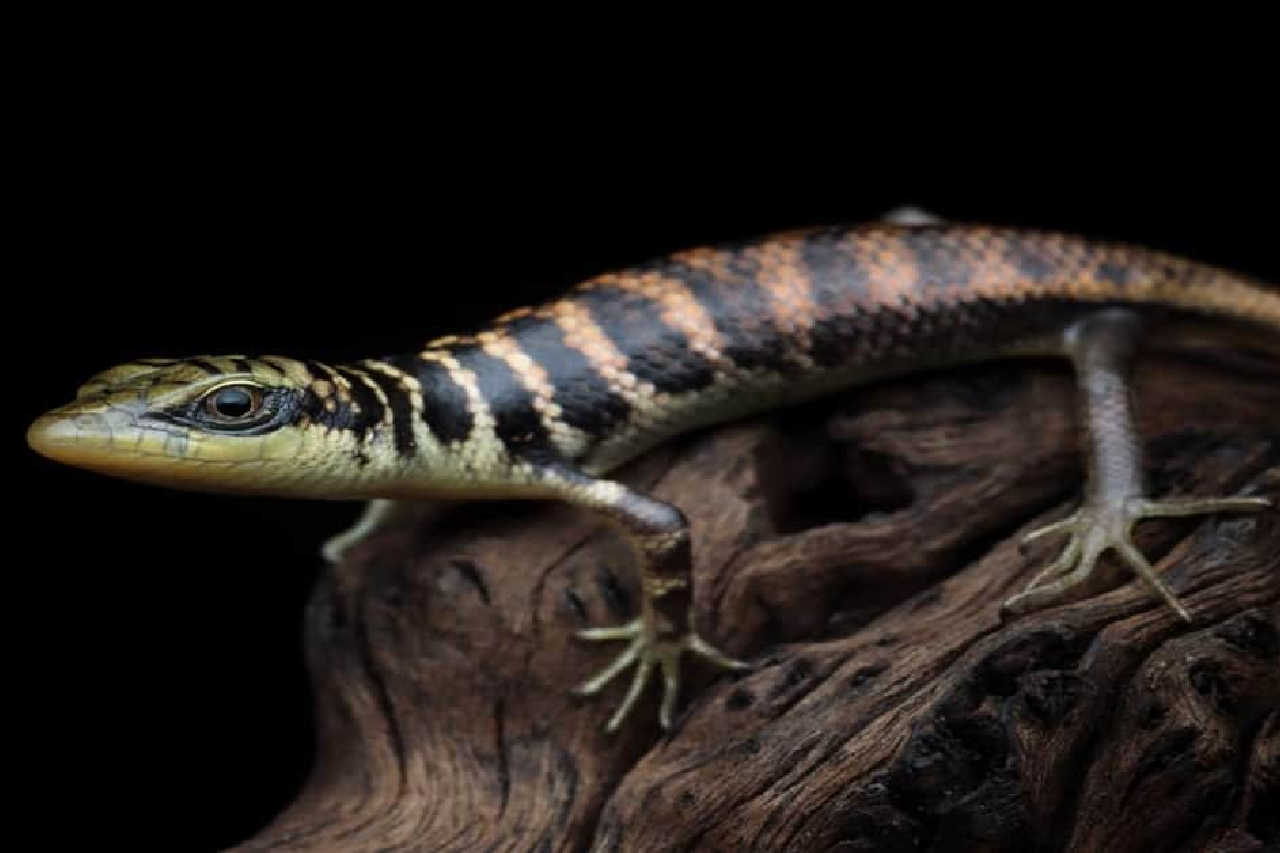
Skinks, girdled lizards, plated lizards, and night lizards are all included in this taxonomic family. This group, as you may have guessed by now, mostly consists of skinks and a few related families, such as plate, night, and girdled lizards. These lizards are usually small-to-medium-sized with triangular heads, small, weak legs, and wide, robust bodies.
Lizards are incredibly diverse, in color, and behavior. All lizards have dry, scaly skin and are cold-blooded, which means that their body temperature is set by the environment. While some lizards may be kept as pets, others should be left in the wild to thrive in their natural habitats. With proper care and understanding, lizards can make great companions, and their unique appearances and behaviors can bring joy to their owners.
